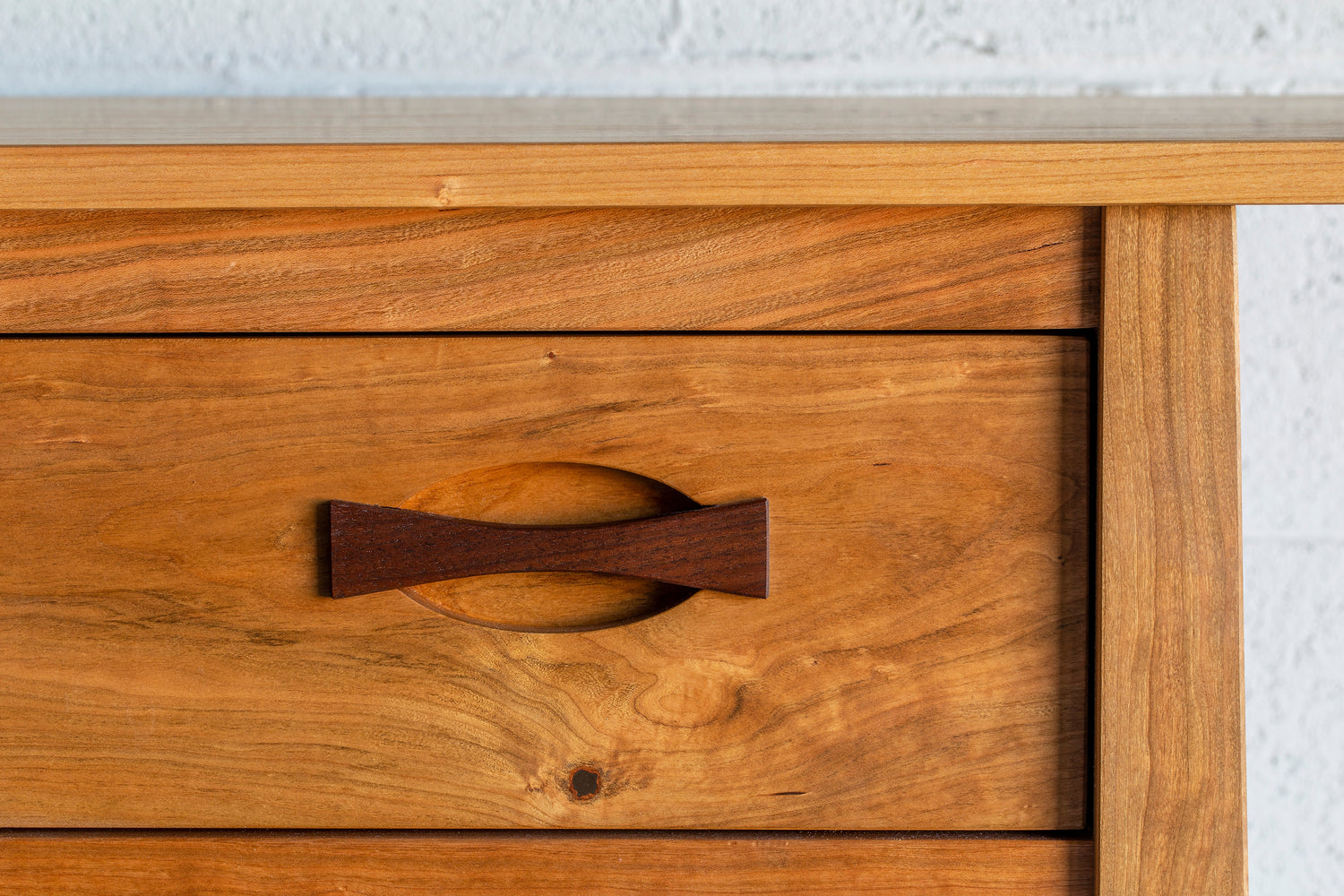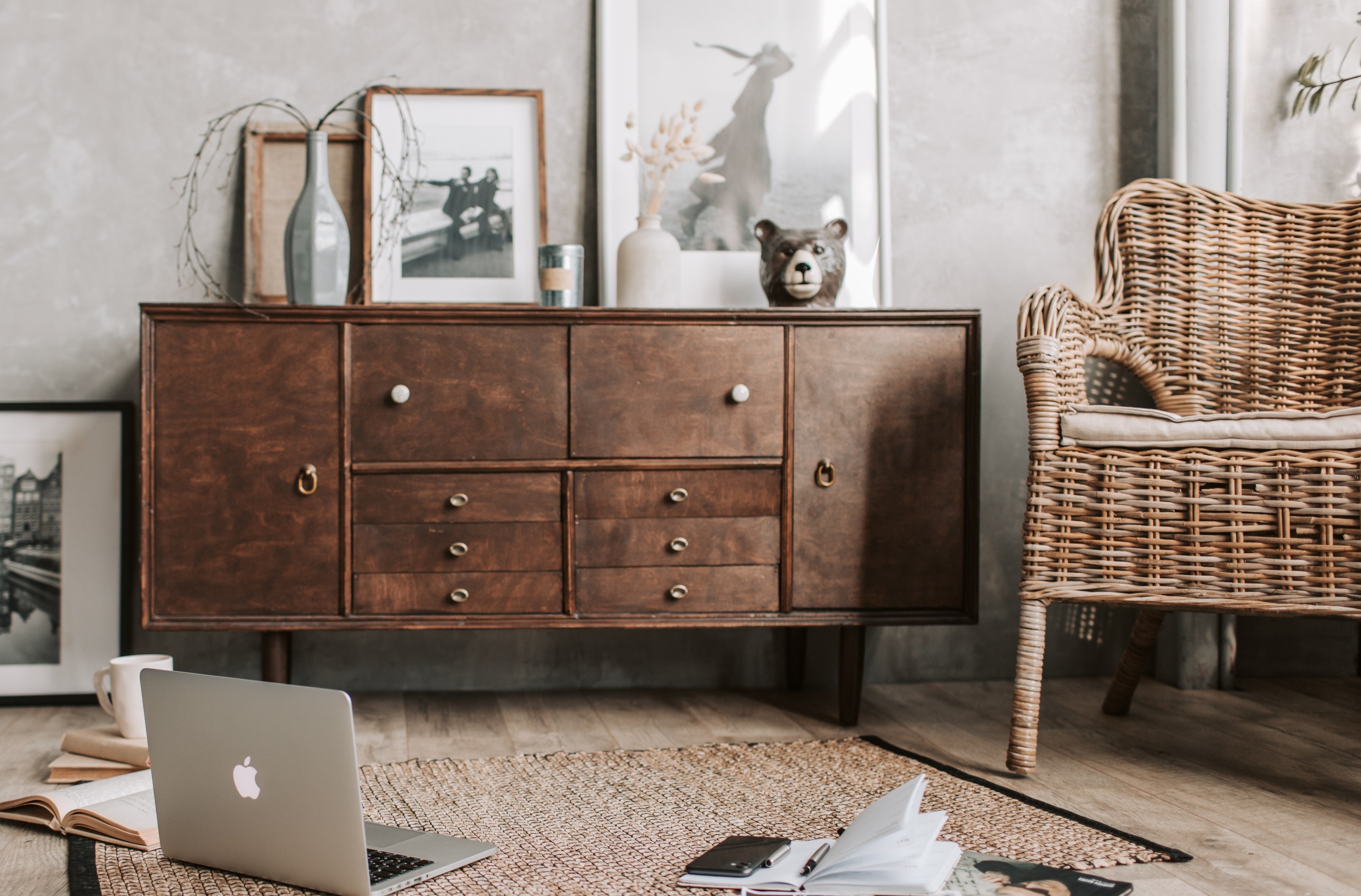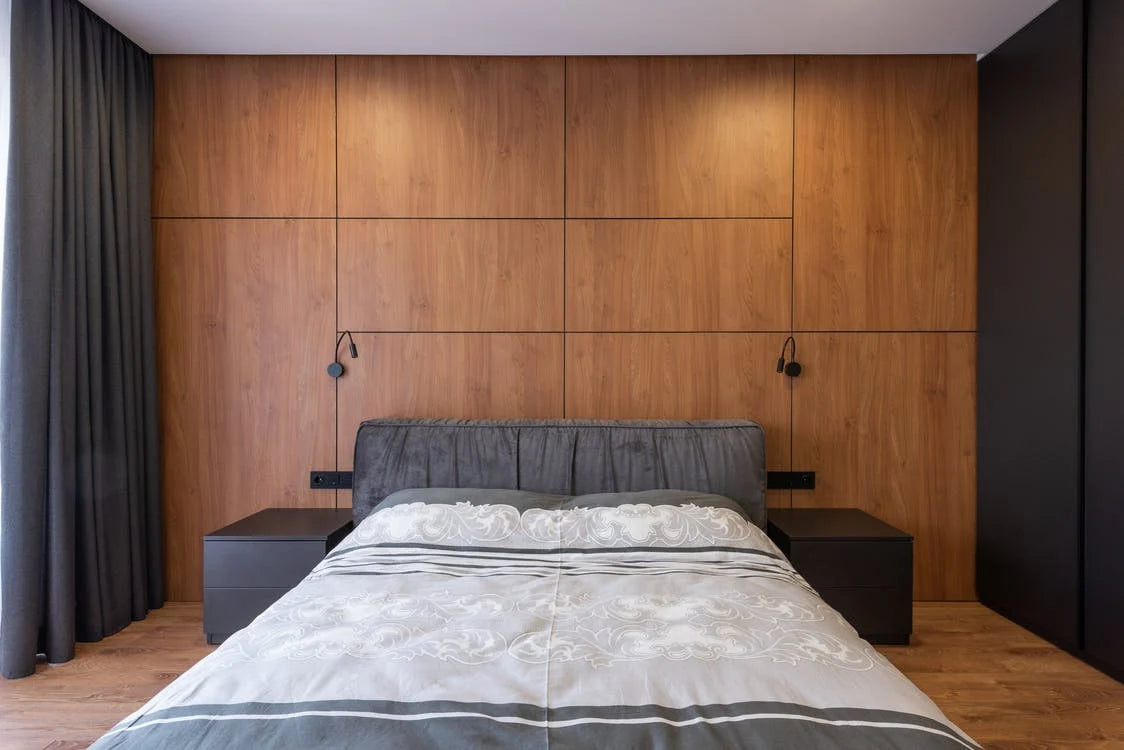Natural cherry wood is one of the most valuable hardwoods for furniture in the United States. By far, it is also a popular choice of material among clients here at T.Y. Fine Furniture.
We understand why cherry wood continues to be a favorite among furniture makers and homeowners alike. It is, after all, durable hardwood with a beautiful reddish-brown color, the kind that brings warmth to a space.
If anything, the natural color of cherry is what sets it apart from other popular hardwoods, like walnut, maple, and oak. All these hardwoods change color as they age, but perhaps, not as dramatic and alluring as cherry wood.
To truly appreciate the beauty of cherry wood, let's delve into its color, grain, and other unique traits that set it apart from other types of wood in the crafting world. Read on to learn more about this hardwood.
Black Cherry Tree Traits
In the US, cherry wood commonly refers to Black Cherry or American Cherry (Prunus serotina), a tree native to North America known for its beauty and versatility.
Black cherry trees stand tall and proud, reaching 50 to 80 feet with a lush spread of 30 to 40 feet wide, and a trunk growing to about five feet thick. These beauties flourish in forests, woodlands, and even along roadsides across the continent.
Bark
The black cherry tree's bark changes as it matures, transitioning from smooth and greenish-brown with lenticels to rough and black with large, broken flakes.
Leaves
The leaves are oval-shaped with finely serrated edges, measuring between 3 to 6 inches in length and 1 to 1.5 inches in width. They have a dark green and shiny upper surface, with a lighter underside. During autumn, the leaves display vibrant hues of yellow, orange, and red.
Fruit
The most recognizable trait of the black cherry tree is its fruit. Dark red or black cherries that ripen in late summer and early fall, about half-inch in diameter, grow in drooping clusters. Although birds love them, it's important to remember that the fruit and other parts of the black cherry tree are toxic to humans and some animals.
Features of Natural Cherry Lumber
Cherry wood is highly valued for furniture making and woodworking due to its beautiful color and unique grain patterns. Here's a breakdown of its traits:
- Color: Natural cherry wood is known for its vibrant reddish color and the fascinating way it darkens over time.
- Freshly cut: It has a light pinkish-gold hue.
- Over time: The wood darkens to a rich, reddish-brown color with exposure to light and oxygen. The darkening process can vary in duration, potentially taking months or years depending on the level of light exposure.
Note that cherry lumber can also vary in color depending on the cut. For example, heartwood (the tree's inner core) tends to be darker than sapwood (the tree's outer layer).
- Grain: Cherry has a fine straight grain with a smooth texture, similar to maple wood.
- Durability: It is a hard and durable wood, with a Janka hardness rating of 995. This makes cherry furniture resistant to scratches and dents and can last for generations with proper care.
- Workability: Cherry is relatively easy to work with for experienced woodworkers. It cuts, planes, sands, and glues well.
- Cost: Cherry wood falls in the middle price range, higher than oak but lower than exotic woods like mahogany.
Quartersawn Cherry Lumber
Quartersawing cherry highlights its unique properties. Regular lumber is typically cut straight through the log, parallel to the pith. Quarter-sawn cherry, on the other hand, is produced by cutting the log into quarters at an angle against the grain. This creates boards with vertical growth rings rather than horizontal ones.

Enso Buffet in cherry with walnut handles.
Using quarter-sawn cherry wood offers several advantages. One major benefit is its stability, as the vertical growth rings make it less likely to warp, cup, or twist over time. This makes it ideal for applications requiring dimensional stability, like doors, drawer fronts, and tabletops. Moreover, quarter-sawn cherry wood has greater overall strength compared to plain-sawn cherry due to its grain orientation.
Quarter-sawn cherry is also more beautiful. The vertical growth rings create a beautiful, straight grain pattern with a subtle, striped appearance.
Things You Need to Know About Natural Cherry Wood
When we talk about cherry wood, we’re referring to the American Black Cherry Tree, scientific name Prunus serotina, as the source. This wood species can potentially grow up to 100 feet tall and reach up to 5 feet in diameter, but the size varies, depending on the environment it grows in.
Cherry wood thrives in many parts of North America and South America, but we source ours specifically in Ohio, from sustainably managed forests.
Natural Cherry Wood Changes Color
As it ages, natural cherry wood changes color – it darkens over time. It is light and pinkish when freshly cut, and in the first six months of exposure to sunlight, the color of cherry wood may change from light pink to light pinkish brown, or a color with deeper red tones. But it may sometimes take years before the color changes into the signature cherry wood color, a gorgeously warm reddish brown.
Cherry Is a Workable Wood
Many furniture makers, T.Y. Fine Furniture included, love to work with cherry because it is a workable hardwood. On the Janka Hardness Rating Scale, black cherry scored 990-995, which means it is a hardy material that is durable enough to withstand the wear and tear from normal use as furniture. At the same time, it is also relatively easier to work with machines, chisels, nails, and screws, among others tools.
Cherry Wood is Typically Smooth and Straight-Grained

Take a look at our Solid Wood Dresser in Cherry Wood from the Apollo Collection.
Cherry wood has a smooth texture and a straight, closed-grain pattern that is similar to maple wood. But we don’t expect uniformity in wood grains, even when the material comes from the same tree. Tree maturity mainly contributes to the grain pattern of natural wood. Pith flecks or worm tracks also create these brown streaks on the grain. Other things like mineral deposits and gum pockets affect the way the grain looks as well.
“Cherry” Stains and Finishes
Many people are confused about the color of cherry wood because so many manufacturers are passing off low-grade wood that is finished with an unnatural dark maroon stain as ‘cherry color’, and in some cases, ‘dark cherry color’. But a low-quality stain cannot even compete with the beauty of natural cherry wood.
Here at T.Y. Fine Furniture, we don’t use cherry-colored stains, and we only use natural cherry wood for furniture pieces we claim are made from cherry. We try our best to showcase the beauty of natural wood by coating each piece with our propriety food-grade and organic wood finish.
Distinguishing Real Cherry Wood Furniture
It is challenging to distinguish wood types based on appearance alone, especially if the furniture has been stained. Plus, a variety of woods have similar grain patterns, so it really is difficult to identify the material by just looking at the color and the grain.
Buying furniture that is crafted by your local artisans – this is the most reasonable way to ensure that your furniture is made from real cherry wood. Small-scale furniture makers are more hands-on with the process and tend to use natural solid wood.
Related Posts
- Eucalyptus, Is It the Best Wood for Outdoor Furniture?
- Why White Oak Is Great for Furniture
- Walnut Wood: A Stylish Choice for Furniture
Originally published on August 11, 2022, this post has been updated.



Leave a comment
This site is protected by hCaptcha and the hCaptcha Privacy Policy and Terms of Service apply.